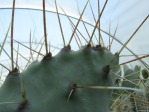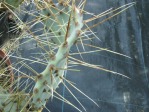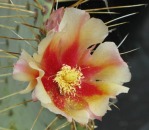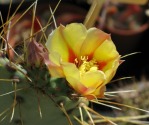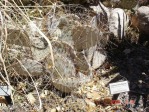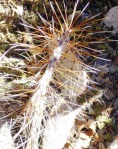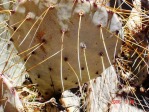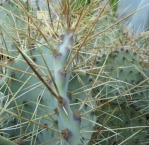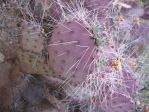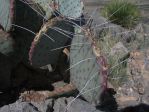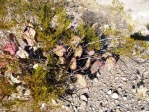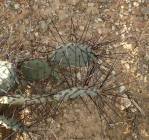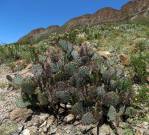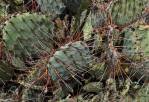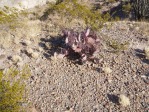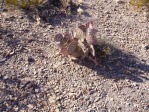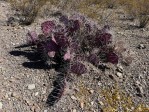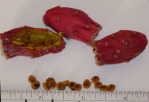
Rose, Contributions from the U.S. National Herbarium 12(7): 291, 1909
Holotype; Isotype; Isotype; Herbarium; Herbarium; Herbarium; Herbarium; Herbarium; Herbarium (O. azurea diplopurpurea); Holotype; (O. azurea diplopurpurea); Holotype (O. azurea discolor); Herbarium (O. azurea discolor); Herbarium (O. azurea parva); Herbarium (O. azurea parva); Herbarium (O. azurea parva); Herbarium (O. azurea parva); Painting (possible O. azurea)
Original Description
What is Opuntia azurea?
Opuntia azurea is an attractive pricklypear cactus from the Big Bend Region of Texas and adjacent Mexico that is related to O. macrocentra. Many of the varieties are purple, especially in winter.
Details
A full technical description of this Opuntia and its proposed varieties begins on page 130 of The Cacti of the Trans-Pecos and Adjacent Areas (Powell and Weedin, 2004).
Powell and Weedin described five varieties of O. azurea.
- aureispina
- azurea
- discolor
- diplopurpurea
- parva
We include a sixth possible variety of this pricklypear that is undescribed. We provisionally refer to it as O. azurea casteretti. Perhaps O. azurea casteretii it is only a white-spined version of O. azurea diplopurpurea. Powell and Weedin considered these white-spined plants to be variants of O. macrocentra and nothing more.
O. azurea is tetraploid or hexaploid depending upon the report. Perhaps polidy varies with variety, but there is no evidence to support this idea.
Other Notes
This Opuntia is a wide-ranging (into Mexico) and variable species. Depending upon the variety, the plant may be purple at the cladode base or may turn entirely purple in winter. Spines may be slender or robust. Also, varieties are differentiated by height with some 1 m or taller and others less than 1 m. Additionally, cladode size may differentiate varieties.
The Flora of North America Online does not recognize this taxon.
O. azurea is cold-hardy and attractive in any collection.

